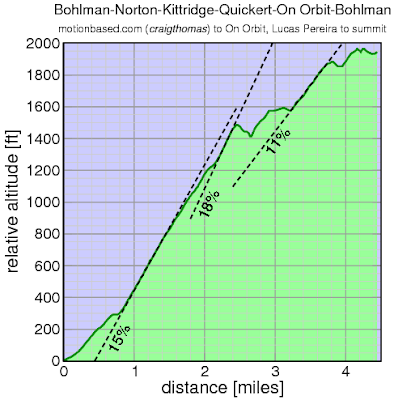Specialized Shiv Concept Tandem
Specialized just revealed a super-cool prototype (it's been called a concept bike, but this seems very functional, nothing concept about it): a tandem version of the Shiv . Wow! Photos stolen from BikeRadar : Interesting phasing on those cranks. One of the cool aspects of this bike is the shaft drive: Super-aero, clearly. But at what cost? Any drivetrain has losses. Losses are generally considered to be proportional to transmitted power, although it's been experimentally shown that for a bicycle transmission efficiency is higher at higher chain tension than at lower chain tension. This is fairly trivial: aspects of drivetrain loss are not necessarily proportional to transmitted power, but rather proportional to chain motion. In any case, a fixed gear drivetrain, such as on the timing chain on a tandem, is quite efficent. For example, 98-99% is typically claimed. An alternate for the timing chain on a tandem is the Gates belt drive. This also claims to be as efficient ...







